You've probably heard it before, bespoke websites are better than template websites.
Have you not? Well, they are, if designed and developed properly.
This article though is not about The cost of a bespoke or template website design and whether they’re good or bad.
It’s about why a website should be viewed as an investment, not a cost, and by how assigning value to
your website you will ensure that it becomes your sales tool with real value and a fixed asset for your business.

Websites are an investment
Websites that are viewed as an investment by people rather than a cost are generally better websites. Why? Well, they’ll perform,
the website that is. Considerable time is usually spent on the initial planning and solution outcome, as well as regular activities
that enables the website agency to produce and manage a bespoke website that actually delivers results.
Dare I say it, oh go on then…
“Pay peanuts, get monkeys"
so to speak.
I’m not going into “what is great website design” and how to improve website performance, I merely want to point out that businesses
who spend a considerable amount of money (not peanuts) on their websites do so because they know that their website WILL and IS achieving results:
- Generating leads
- Improving sales
- Increasing revenue
These three quantifiable results are achieved through great brand positioning, education, customer retention and user funnelling. Importantly
though, regular investment in strategies, analysis of user journeys, data and the enhancements of their websites are the foundations that
lead to achieving sales and revenue through websites – conversions, effectively.
Of course, there are many other factors that help towards achieving conversions such as promotion, networking and marketing that drive
customers to the website in the first place, but this article is about how we derive value from a website.
Thus proving to you, that a website is worthy of some serious investment.
Pay Peanuts, get monkeys
Now, I briefly mentioned earlier, “pay peanuts, get monkeys.” This may seem a little harsh in reality because just because
you may pay less for something doesn’t necessarily mean that it’ll be terrible. What I mean is that if you want a website
to work for your business then consider investing more than a couple of thousand pounds.
You need to be paying at least the equivalent of what you'd pay a person who you may employ to promote and sell your business.
I don’t mean a school leaver who’s on minimum wage either.
It really is this simple.
Your website will work for you 24 hours a day, 7 days a week and at the fraction of the cost of a sales team member.
How much does it cost to employ a sales person?
Let’s do some math. By the way, I’m plucking figures out of the air here:
Sales person salary – £30k per year + performance bonuses. So, £40k per year. This person would work only 5 days a week,
oh, and you a have to invest in a car, travel expenses, annual leave, you get the picture.
£60k+ per year investment would be needed for one sales person.
Now, take a moment to think…
ask yourself…
“How much are you willing to invest in your website?”
Food for thought.
And now back to reality.
Why are you reading this article, even I’ve forgotten!
Ah, that’s it. Websites are an investment.
How to assign value to your bespoke website
To assign value to your website requires the tracking and reporting of user interactivity and values assigned to those interactions.
All websites have a value and all interactions on websites have a value. For example:
“A user who simply visits your landing page, if only for a few seconds, has value. Well to a certain degree.
If that person leaves within 3 seconds, the value is most likely minimal. But the reality is that they’ve seen
your brand and brand exposure is valuable.”
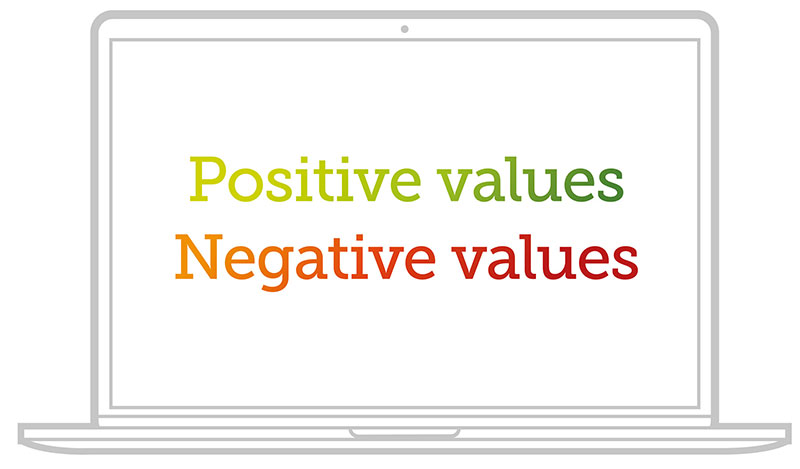
Negative and positive values
The difficulty lies when a website user chooses to leave your site within 3 seconds, they’ve probably left with
a negative feeling and unlikely to return!
This is called negative value and obviously being negative it means, “darn it, not good. Sigh.“
In essence though, a user who visits your site, interacts and sees your brand is of value to your website,
because brand exposure is not free, you have to work at it, we can determine and assign a value for displaying your hard earned work to your audience.
Website interaction types
The types of interaction on your website can be anything from scrolling, page visits, enquiries to telephone calls.
All these interactions we can assign value to.
The key point to remember though is that you need to have the user in mind at all times, content that you serve up
to them should be relevant to what they’re searching for and importantly it should give them direction.
Provide clear intent
You want to provide clear intent as to what you want them to do, show them and they will do it and then hopefully you’ll have a
conversion which is of positive value.
Sounds obvious, right?
It’s just like in a supermarket, Waitrose or Tesco for instance, they have wayfinding signs and their product placements
are designed to guide you to where they want YOU to go. Many hours of planning and analysis go into ensuring that you,
as a customer who walk through those doors, find what you want and be guided to what you don’t know you want!
So, to simplify things, you need to create intent on your website.
What’s the difference between these two website page visuals?
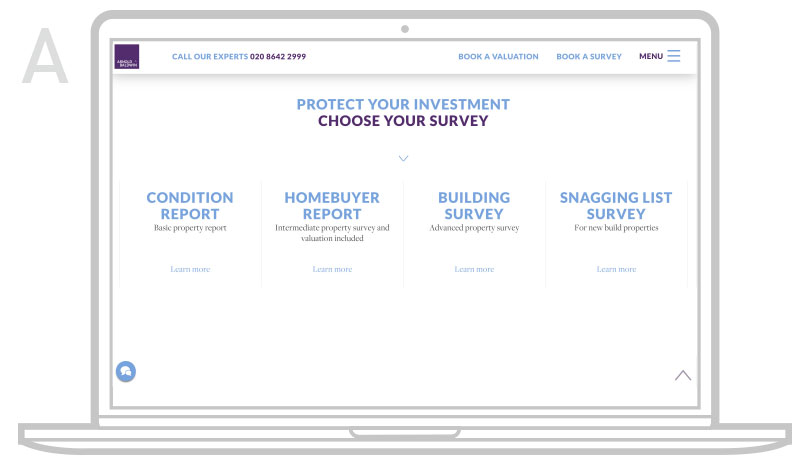
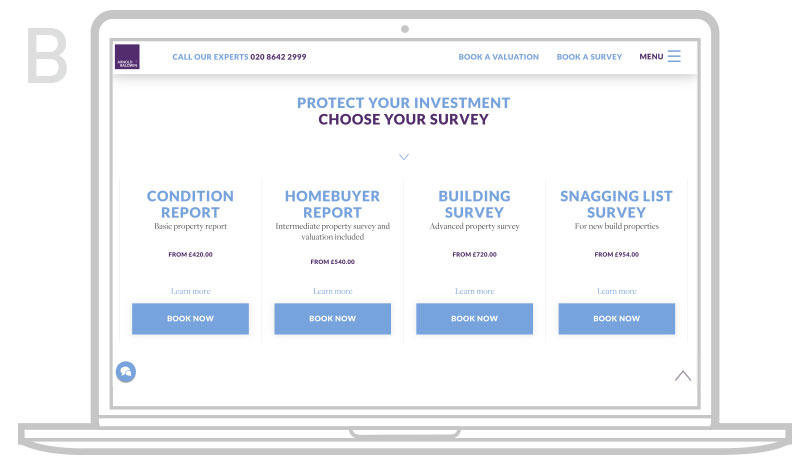
Visual A.
There is no perceived
or tangible value on these services or products.
Visual B.
There’s an immediate value, intent and clear direction to provoke
user interaction
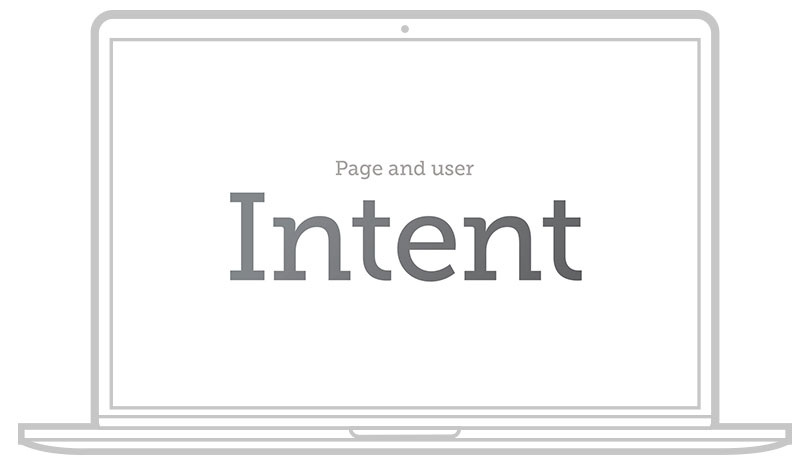
Answer: User intent
We’ve created clear intent to the user by creating call to actions and pricing which entices the user to click through.
Note: This particular and valued customer or ours, Arnold & Baldwin Chartered Surveyors
is a serviced based business and we visualise their services as products, which is one of the primary reasons for their website investment success.
You can view the case study here.
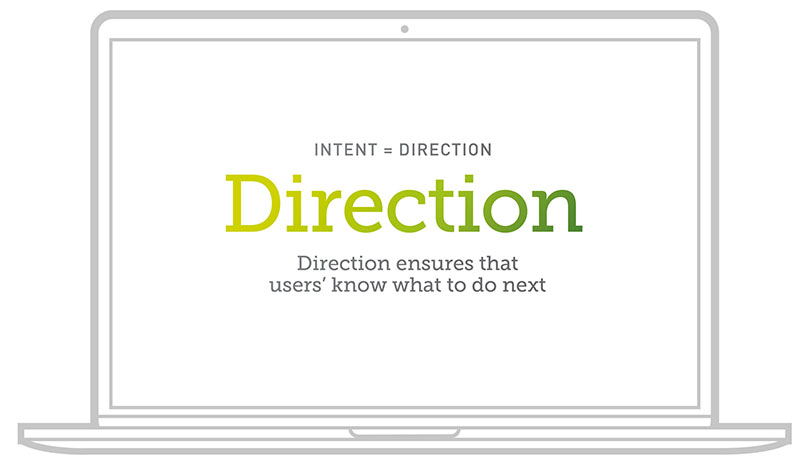
Intent is equal to direction, direction ensures that users’ know what to do next.

Direction is equal to interaction, interaction reinforces your brand, business, services and products
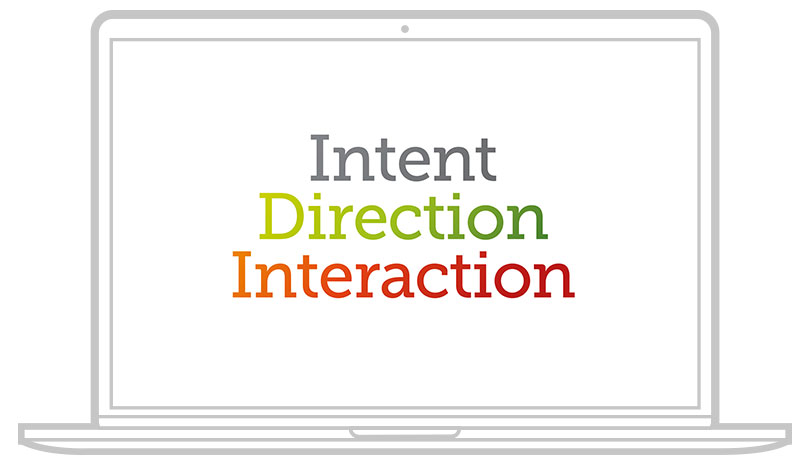
This is great but really, why an investment?
If you purchase something, and you do so with the knowledge that it’s not about making money, then it’s a cost.
With an investment, you would expect to gain a return.
How do we know that a bespoke website gives a return on investment?
By adding positive value and negative value and understanding what its indirect and direct value is.
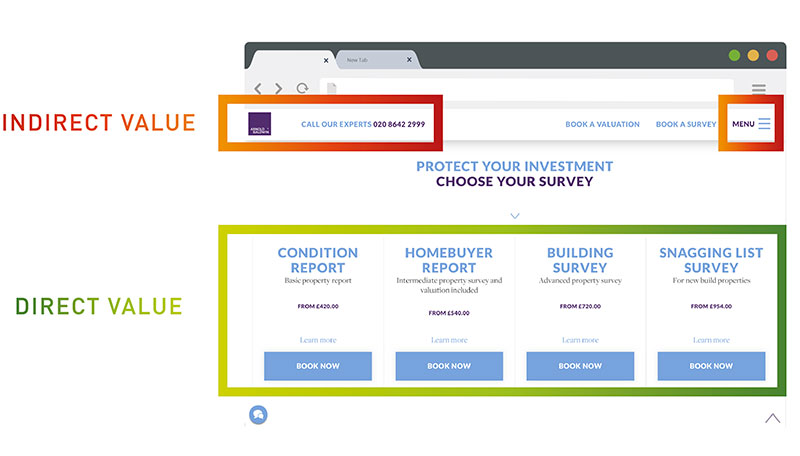
Indirect Value
The calculation of interaction on a website that is not a conversion and has either a positive or negative value.
Direct value
The calculation of real value based on trackable leads and sales through a website. In other words, conversions.
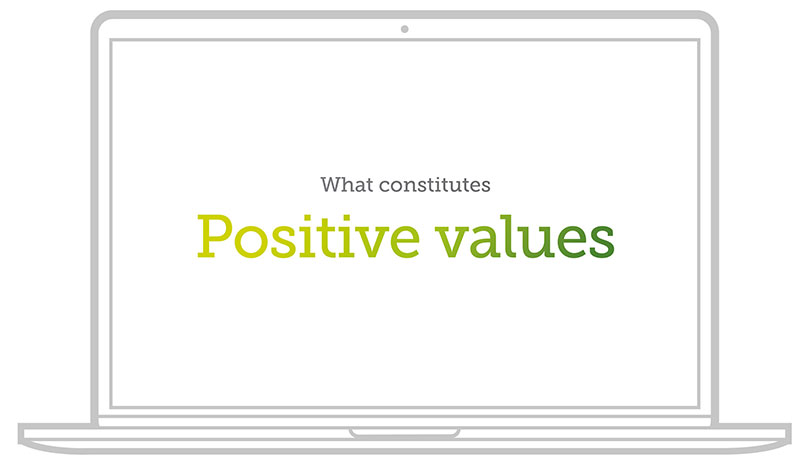
Positive Values
What constitutes a positive value?
Brand exposure – indirect value
Every visit to your site is exposure to your brand. The more exposure, the higher chance of returning customers and increase in conversion
Ease of navigation – indirect value
The simpler and quicker a user can get to what they want the higher the chance of them returning or engaging with you
Great content and imagery – indirect value
The below interactions have a direct value
Call to actions – direct value
Lead Generation – direct value
Product sale – direct value
You can assign a value to any interactions on your website no matter what type of business you are.
The figures assigned to each value vary depending upon:
- The type of business, ie service or product
- The amount of historic page data you have
- The types of target pages
- How much your time is valued at
- The price of your service or product
- Your sales team conversion rate
Here’s an example home page and its user interaction values:
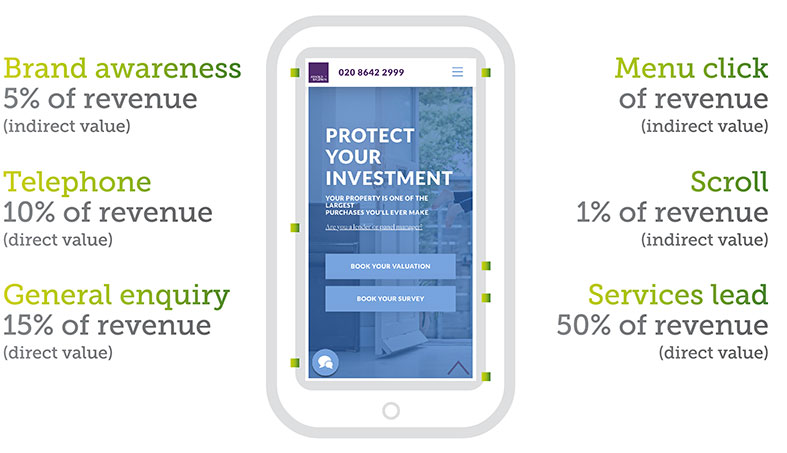
- Logo 5% of revenue (indirect value)
- Scroll & Click through 3% of revenue (indirect value)
- Telephone 10% of revenue (direct value)
- Services lead 50% of revenue (direct value)
- Product sale 70% of revenue (direct value)
- General Enquiry form 15% of revenue (direct value)
To apply figures to each interaction requires an understanding of your business alongside clever formulas that help us derrive true value.
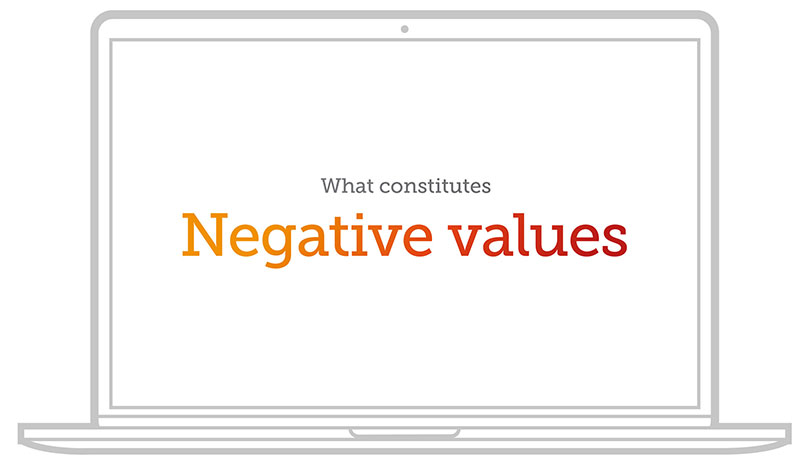
Negative Values
What constitutes a negative value?
User experience
If a website doesn't load quickly or it is hard to navigate then customers will leave.
57% of people will leave your website if it doesn’t load within 3 seconds.
Poor branding and design
Potential customers will have the wrong impression of your business from the outset and may leave for your competitors who look better.
Irrelevant content
Written, imagery, videos, if the content isn’t what the user expects, they’ll leave your site disgruntled and unlikely to return.
No intent or direction
If you can’t funnel (direct) your customer to make contact about a service or product or make a sale, then your website is failing.
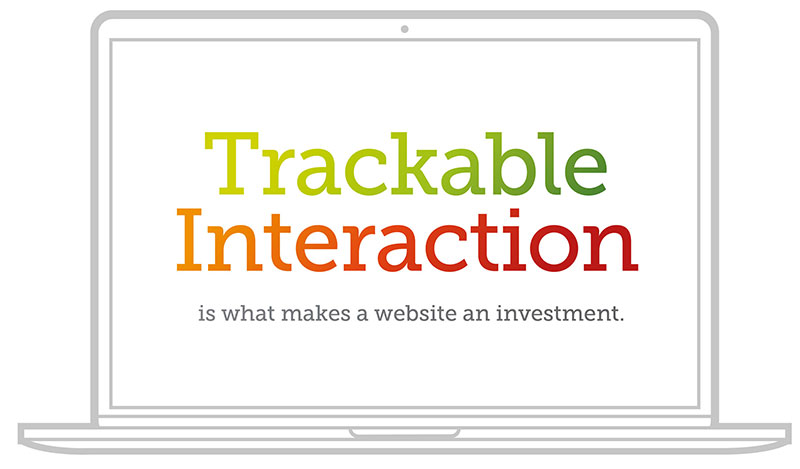
Trackable Interaction is what makes a bespoke website an investment
Summary
Invest in your website, your business asset.
A website is your sales tool twenty four hours a day seven days a week and can work for your business at a fraction of the salary and costs associated with a salesman.
Now I’m not suggesting that you sack your sales team, far from it, as both sales team and website work hand in hand.
What I will suggest though is that you should be considering investing and valuing your website the same as you would your top sale team member(s).
Why? You invest in your team to get the best candidate from the outset, and you continue to invest in them to ensure they’re top performers.
This approach should be directly applied to your website as your website is your most important sales tool. It is your lead generator and sales driver as well as a brand enforcer.
Do you want to grow your business?
Yes?
Invest in your website, we can ensure that it’s an asset for your business.
Let us start by arranging an initial consultation